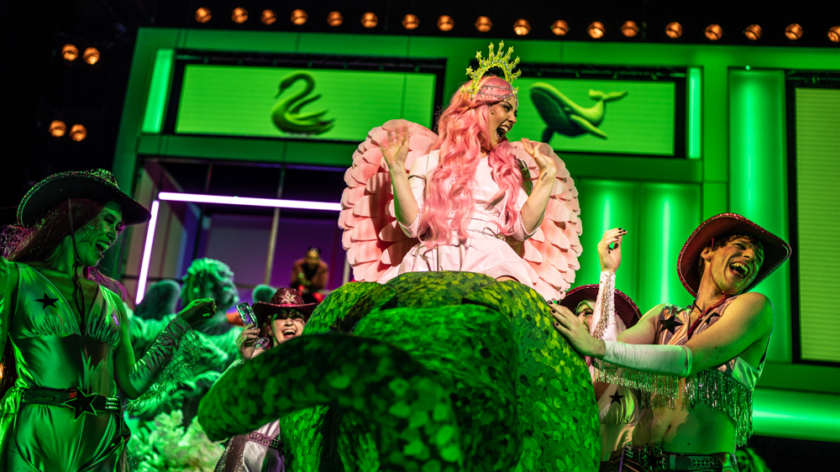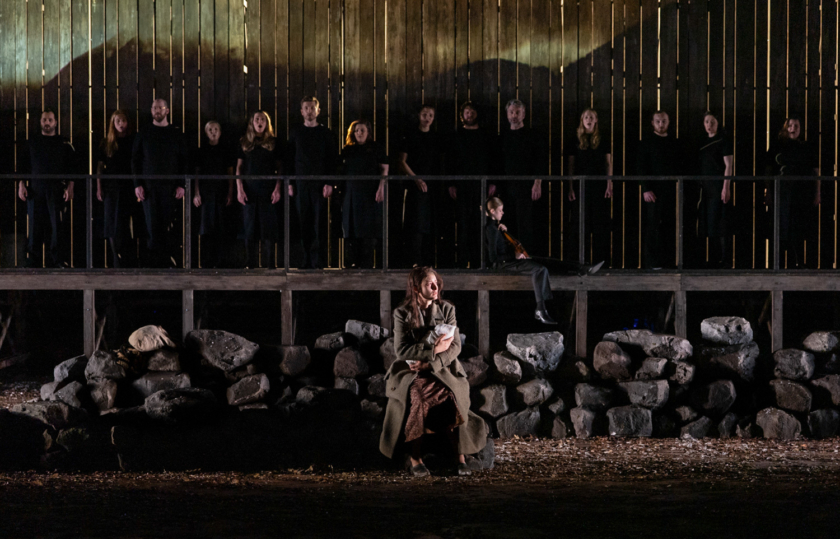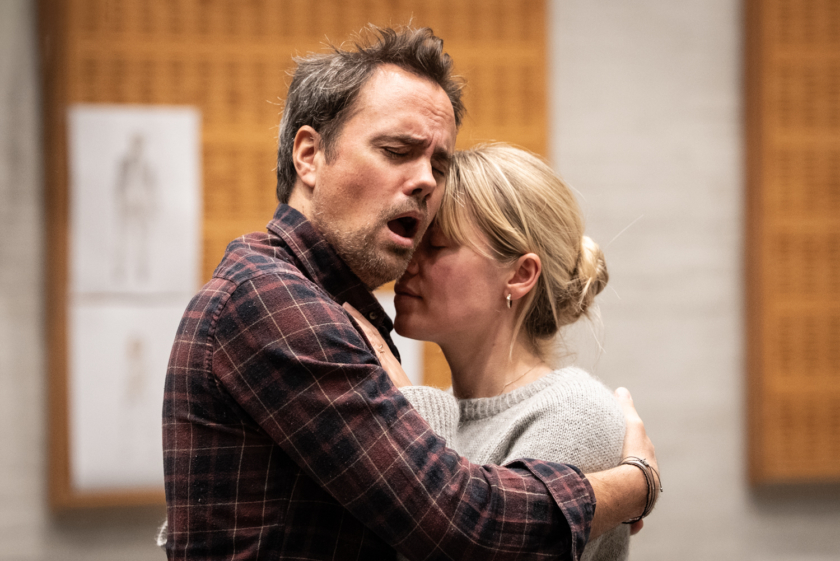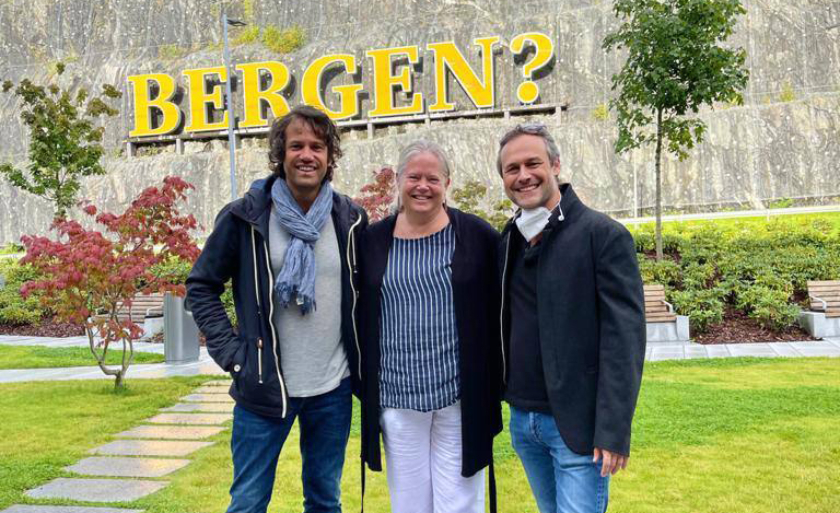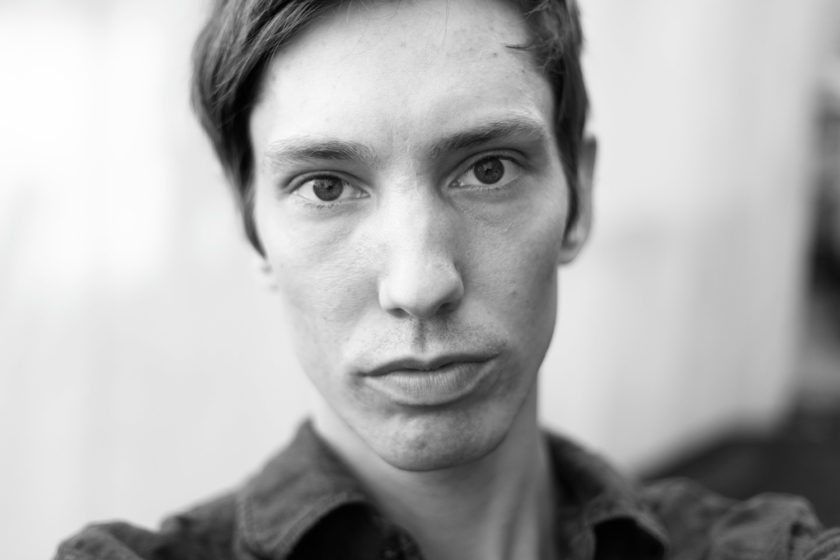Diversity, quality and leadership
It was Winston Churchill who once suggested that ‘while we shape our buildings, afterwards our buildings shape us.’ The content of those buildings – who are they for, and how should they be led - is a conversation currently much in focus.
Here in Norway, as we digest the Culture Ministry´s recent Kulturmelding, the whole discussion of diversity and quality has particular relevance.
This week The Stage magazine, bible of performing arts centres, published its designated list of the top 100 UK theatre companies and their leadership. While, inevitably, the big names claimed the top slots, praise was lavished primarily on those at the bottom of the list for their imagination and commitment to diversity. But, said Lyn Gardner (The Stage´s chief theatre critic) the power and influence still aligns with the houses with the most money: “We still live in the world where the Royal Opera House (public subsidy 24m GBP) is run by four white blokes”. So what? – came the immediate response on Facebook – shouldn´t the leadership be about talent and ability, rather than gender or shade of face?
In the past, the focus for culture venues and their leadership has been on how to attract the marginalized, those dislocated – or just plain uninterested in art - into our various activities. Much earnest effort went into programming which might engage our newer citizens in Norway´s sounds and sensations. For sure we didn´t mean to be insensitive, but Fargespill apart, few of us truly recognized each culture´s proud guardianship of its own tastes and traditions. Now we confront a subtle change: we are encouraged, rightly, to change tack – to create dynamic programming and events which more properly reflect the reality of the complex, multi-dimensional new world in which we live. We have a new and greatly more mixed population, a massively changed perspective on leisure activity driven by a mix of new technology and a vast expansion of overall choice. We have a new and critical awareness of our mindless ability to damage the planet. And, critically, we face a new responsibility for ensuring that emerging generations have some aspects of the arts still integral to their lives in the face of cuts to schools´ budgets.
But it´s worth digging into what we really mean by diversity, and how this relates to quality - another Culture Ministry mantra given much mention in the recent melding. How that quality is measured and by whom is a subject for an entirely different article. But as arts leaders surely we cannot embrace our current cultural environment without taking the greatest care of the integrity of the work we offer. So, for instance, if the opera, concert or play we perform is not good enough for the ticketed main stage, why should it be considered adequate to show to children or at the community centre? And to keep your top artists for the big moments and send out lesser talents to the regions – unless you are deliberately (and transparently) giving young artists a learning experience – is deplorable.
But Gardner´s point is that fundamental change is needed to challenge the privilege and institutionalized racism and sexism of so much the culture industry: She says “Real change comes about not just when you start inviting more people to the party, but when you start thinking about the nature of the party itself… Simply welcoming people onto the dance floor is not enough. You have to create the conditions in which they thrive”.
There´s no doubt that a vast number of European venues are working hard to widen their audiences, principally through encouraging participation. There are initiatives to support kids from low income families who want to achieve drama schools; networks for young minority ethnic producers across the UK; SWAP´ra works to ensure that global Opera House schedules are sympathetic to parents engaged in production and performance; and theatre and opera companies are designing projects engaging all kinds of disability.
At Bergen National Opera, we are keen that our ‘party’ is as inclusive as possible. Amongst our range of activities, we build operas with prison inmates – which has resulted in inmates as interns. We write operas with children in Bergen´s increasingly mixed primary schools, and work similarly with teenagers. We take opera out to unlikely audiences and run an opera pub for all kinds of singers, which is entirely non-curated. All very well. But a critical observer might say that such initiatives are all about access, rather than institutional diversity.
For true diversity married to high quality can only be achieved by a solid commitment to arts education in schools, starting with the very young indeed. We need awareness at the very top of national leadership, of the power of culture as a dynamic ingredient in education throughout the whole spectrum of the schools’ system. We need a realignment – a new Ministry for Culture and Education which recognizes the proven fact that the vitality of the arts drives prowess in every aspect of learning including the sciences; which understands that while sport encourages teamwork, participation in quality art and creativity encourages mental balance and discipline, civility and innovation; which acknowledges without question that the Creative Industries (film, design, publishing, gaming design … so much more) are rooted in early learning, yet grow to have massive economic impact.
If our new generations grow up marginalized by rare and fleeting visits from arts organisations and only random visits to operas, theatre, dance or concert performances, how can we expect leaders and managers to be other than privileged ‘four white blokes’? We need a healthy mix of race, assorted gender and background to be leading our venues and companies in the future if we want change, variety and performance which truly underpins diversity and creates a lasting social glue.
Parts of the recent Kulturmelding appear to acknowledge this: arts organisations, it suggested should step up their responsibility for work in schools and the community - but must do so within their existing budgets. This presents a near impossible task.
In Norway we know we have a dilemma: we are a country whose economy has thrived fulsomely on the profits of oil and gas. Now we have an undeniable need to respond to environmental concerns. We are also a country that in general represents quality, both in lifestyle and productivity – ‘Norwegian Wood, isn´t it good’ sang the Beatles, all those years ago…. now that ‘good’ has spread to architecture, design, fashion, food, and to those who make art. I´d suggest a whopping raid on the Norwegian Oil Fund to be spent on building creative capacity starting with the under-fives, nurturing our teens, reaching out to all our communities and solidly funding the professional institutions nationwide which have proved that they provide top quality, access and inspiration.
So as we plot new buildings: theatres, culture houses, concert halls, we need our plans show a real commitment to bringing all this together: access, diversity, quality. Performing spaces apart, let´s create dynamic hubs for learning in the broadest sense, not just for children, but for everyone from every background – from those who think that they can´t really hold a tune, to the experts on Old Norse, Caribbean soca or Stephen Sondheim.
Let´s stick to the beginning of Winston´s sentence, and make sure that as leaders – political or create – that we shape our buildings – with both the stage and auditorium doors wide open for all. That takes money, commitment and common sense.
Mary Miller
09/01/2019


